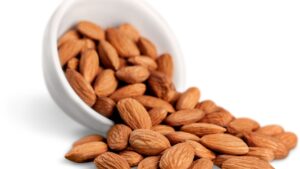Researchers have created a smartphone app that allows patient to identify the factors associated with high and low migraine days. And it is specially for patients with chronic migraine. It also recommends lifestyle changes that improves their conditions.
Stephen Donogue, who has a Ph.D., and is the vice president at Curelator Inc said- “We have done a lot of work with episodic migraine, looking at occurrence of attacks, but the sort of analysis we use there really doesn’t apply to chronic patients because they’ve got headaches most days.”
He and his colleagues reviewed data from 141 patients. And they studied the factors that determined the pain associated with migraine, and what caused people to take paracetamol to resort to pain relief. They statistically identified factors associated with migraine in people who have more headache days each month without pain.
Participants used this app N-1 headache that recorded details about daily headaches and severity of headache pain. And the app uses univariate logistics modes to evaluate associations between self reported factors on days with no or mid pain, and with low pain days and moderate severe pain days in those with chronic migraine.
The app reached a conclusion and discovered that the mean age of patients was 43.9 years and patients averaged 23.4 headache days each month with 19.4 migraine days. And it also found the factors behind higher probability of pain days. They were sensitivity (66.6%), noise sensitivity(50%), poor concentration (46.2%), allodynia (39.7%) and neck pain (36.2%).
And in low pain days, the factors were happiness (33.3%), feeling refreshed after sleep (31.8%), sleep quality (21.2%), relaxedness (15.8%) and drinking white wine (13.3%).
Stephen Donoghue said that the factors vary from patient to patient. He said- “We look at every individual and say what factors associate with that individual’s bad days ‘high’ headache days. And If they can then be made aware of what those factors are it is a good thing. But we believe is that they can use that information. And it may help them identify when they’re likely to be going into a bad migraine day. But it may help them make behavioral changes to help them cope with the fact that they are going into a bad migraine day.”






Be First to Comment